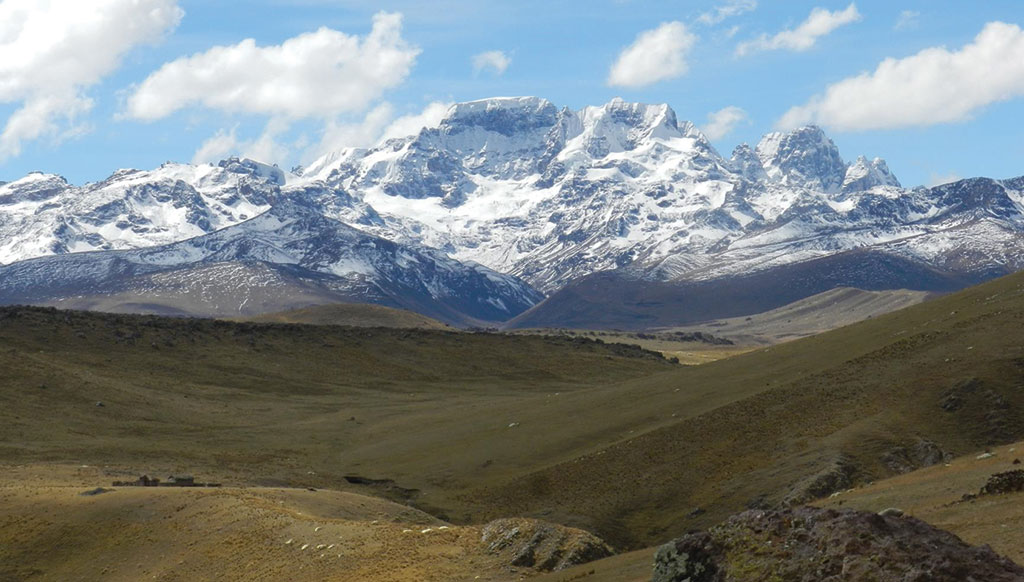
A subsidiary of American Lithium is betting it can defy the odds in Peru and open the country’s first lithium mine in speedy fashion despite a sluggish permitting system that can keep projects on hold for years.
That’s according to Ulises Solis, the chief executive officer of Macusani Yellowcake, the local subsidiary that is developing the Falchani lithium project in Peru. Solis said the goal is for Falchani to begin operations in 2027, which would mark an incredibly fast turnaround time for a mining project that hasn’t submitted its main environmental impact assessments yet for review.
“It is possible that I’m being too optimistic with the timing,” Solis said in an interview on the sidelines of the Perumin mining conference. Still, “the government wants to support this project,”he said.
Peru is currently scrambling to approve mining projects to revive its struggling economy. The country is a copper mining powerhouse, but years of political volatility have impacted its ability to attract new investments in the sector. The administration led by President Dina Boluarte has wooed miners with promises of faster permit approvals, although those reforms still largely need to be put in place. The government has often mentioned Falchani as one of the few projects that can start in the next few years.
Read More: Peru grapples with red tape that’s burying giant copper projects
Falchani would bring an $880 million investment to one of Peru’s poorest regions that was also the epicenter of deadly protests earlier this year as demonstrators sought Boluarte’s resignation.
“The project is located in an area where the government is having a lot of problems,” Solis said.
Another headwind facing the project is a current rout in lithium prices amid growing supplies. Still, it’s unclear whether the market will tighten again by the time production begins at the mine.
Solis said the project has resources worth 4.7 million metric tons of lithium carbonate equivalent. At its peak it would produce 100,000 tons of lithium carbonate equivalent every year and include its own lithium refinery. But that wouldn’t be ready in its first year, when it would ship unrefined lithium to generate cash flow as quickly as possible.
(By Marcelo Rochabrun)
Comments